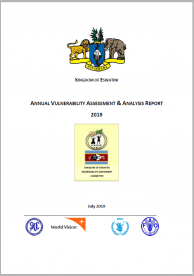
The 2019 Eswatini Vulnerability Assessment and Analysis was carried out between May and June 2019 with a view to provide information on the state of livelihoods and vulnerability with a particular emphasis on the rural areas of the country.
The following is a list of all conten labeled as "Education & School Safety"

The 2019 Eswatini Vulnerability Assessment and Analysis was carried out between May and June 2019 with a view to provide information on the state of livelihoods and vulnerability with a particular emphasis on the rural areas of the country.
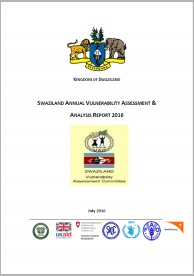
The Annual assessment’s objectives were to understand the status of livelihood sources in the rural and urban areas, thus to determine levels of food insecurity amongst populations, estimating vulnerable populations facing food insecurity and establish forms of coping mechanisms adopted during periods of food insecurity.

Recovery efforts defined within the NDRF are guided by a central vision and goal. Following the 2015 floods, an initial vision and goal were determined; these have been updated in response to the 2015/16 drought.
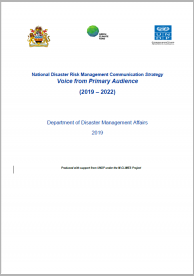
The National Disaster Risk Management Communication Strategy (NDRMCS) has been developed to ensure that those exposed to disasters are informed about the risks and are aware of the measures to prevent, mitigate, prepare for, respond to and recover from these hazards.
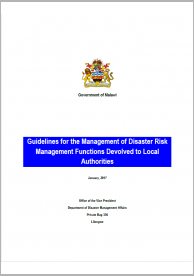
The guidelines and standards are divided into three main sections: the first section provides background information on the devolution process of DoDMA’s functions, the second section is on disaster risk reduction and the third section is on disaster response and recovery. Within each main section are subsections giving guidelines and standards for each devolved function and responsibility.
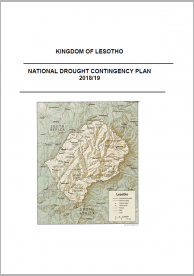
The overall objective of the Drought Contingency Plan is to mount timely, consistent, effective and coordinated response to:
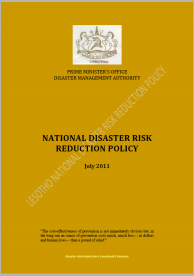
The purpose of national disaster risk reduction policy is to provide a framework for effective planning and implementation of disaster risk reduction in Lesotho. More than 90 percent of disasters in Lesotho are related to climatic changes.

The Plan of Action (PoA) is the strategic plan for the implementation of the Sendai Framework in Africa. It is intended to provide guidance and direction for actions by all at the continental, regional, national and sub-national/local levels in Africa to prevent and reduce the risk of disasters for resilience in line with the Sendai Framework.

The broad objective of the plan is to help make Malawi resilient to disasters and break the cycle of food insecurity.
To achieve this, the following specific objectives will be pursued:
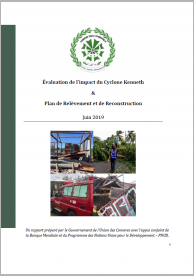
On April 24, 2019, the Union of Comoros was hit hard by Cyclone Kenneth, which affected 345,131 people, including more than 185,000, very severely.